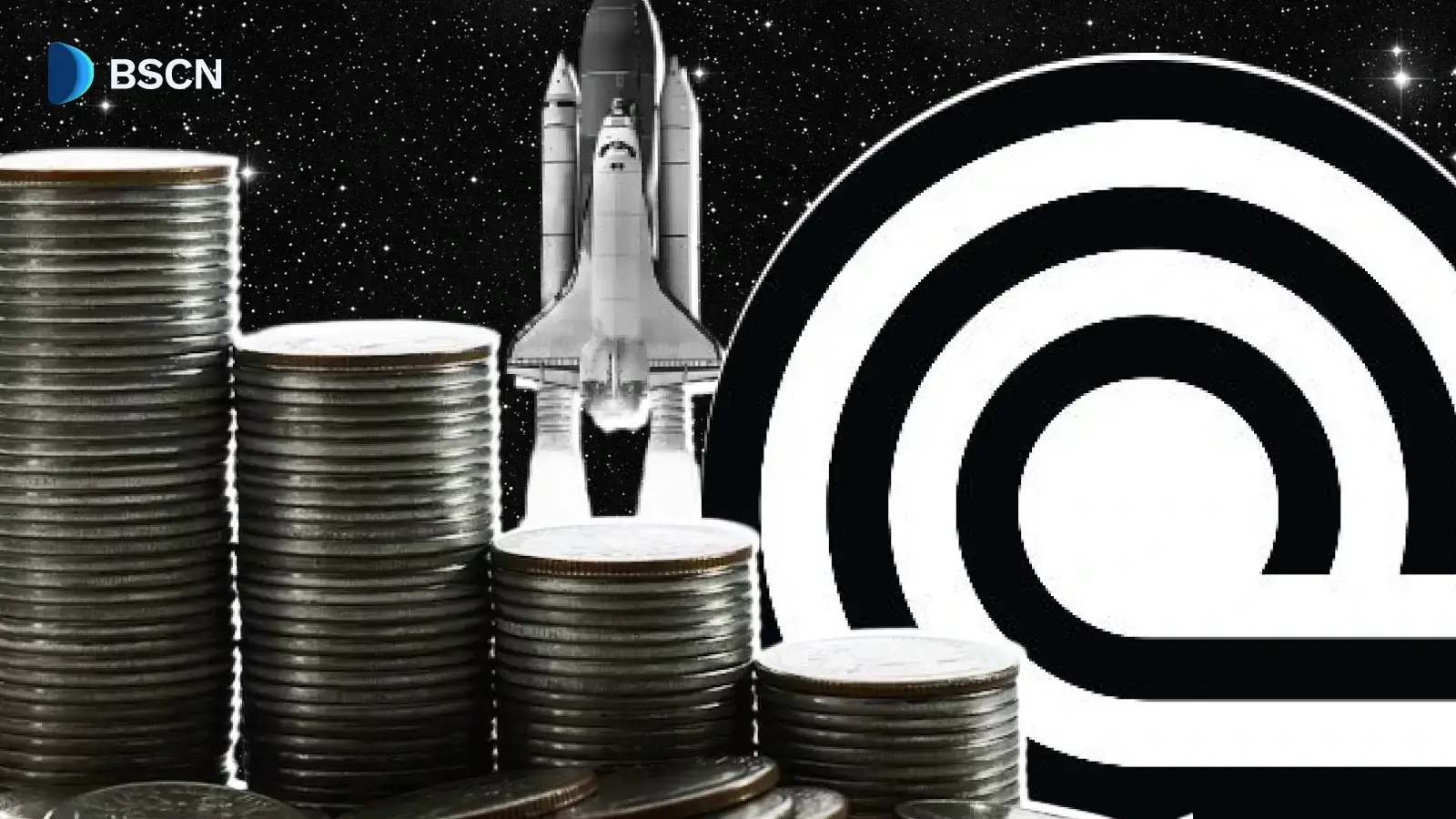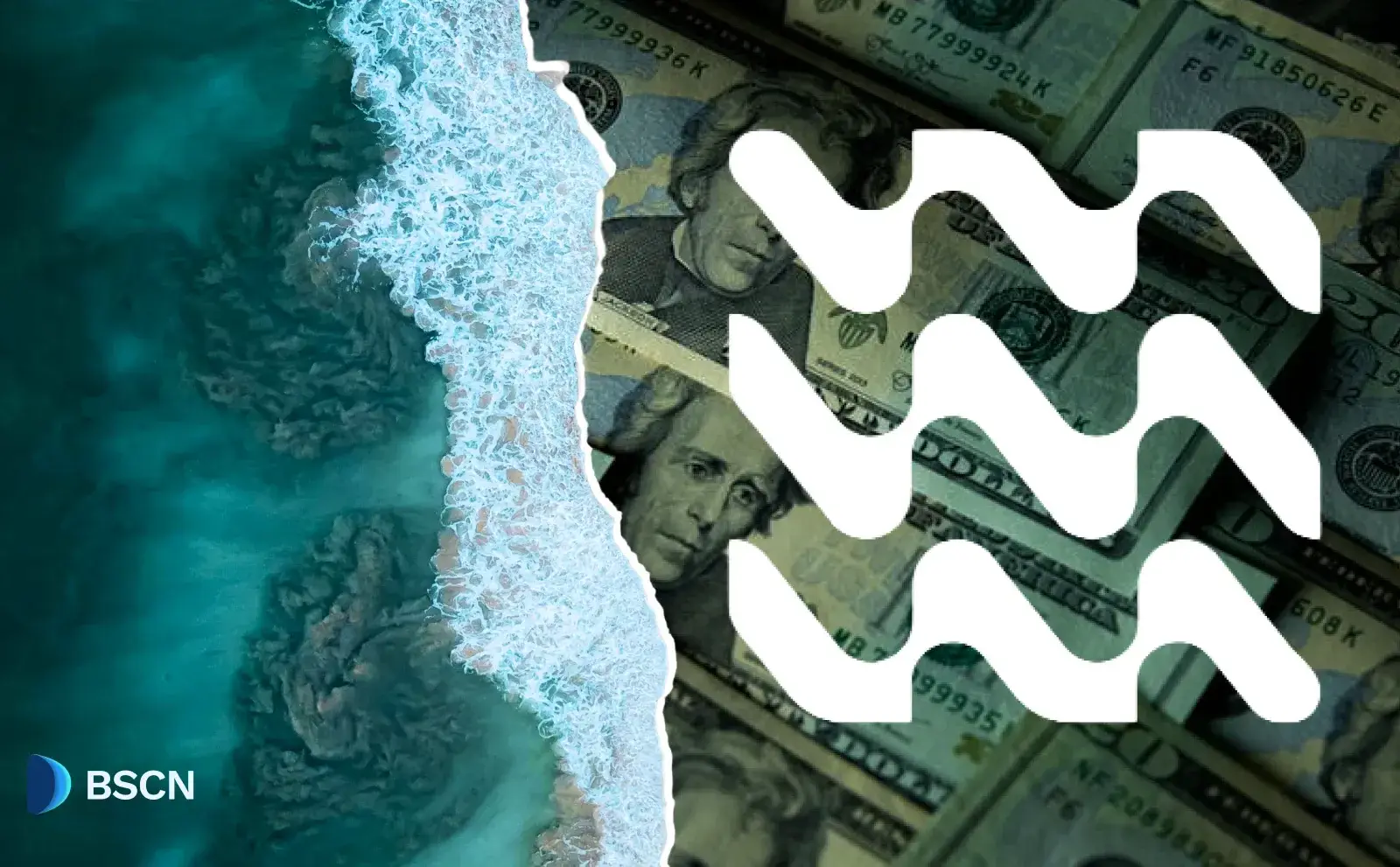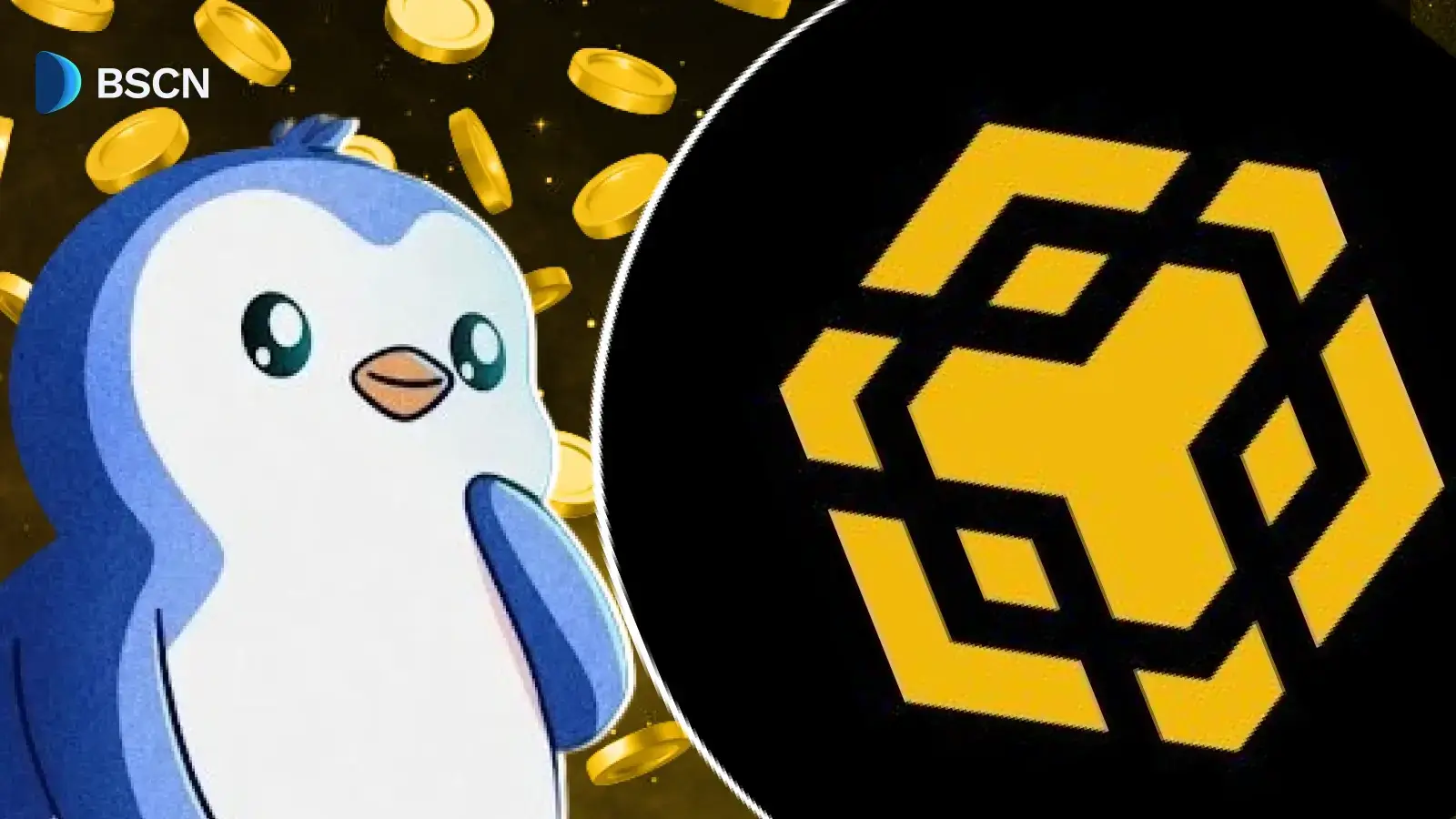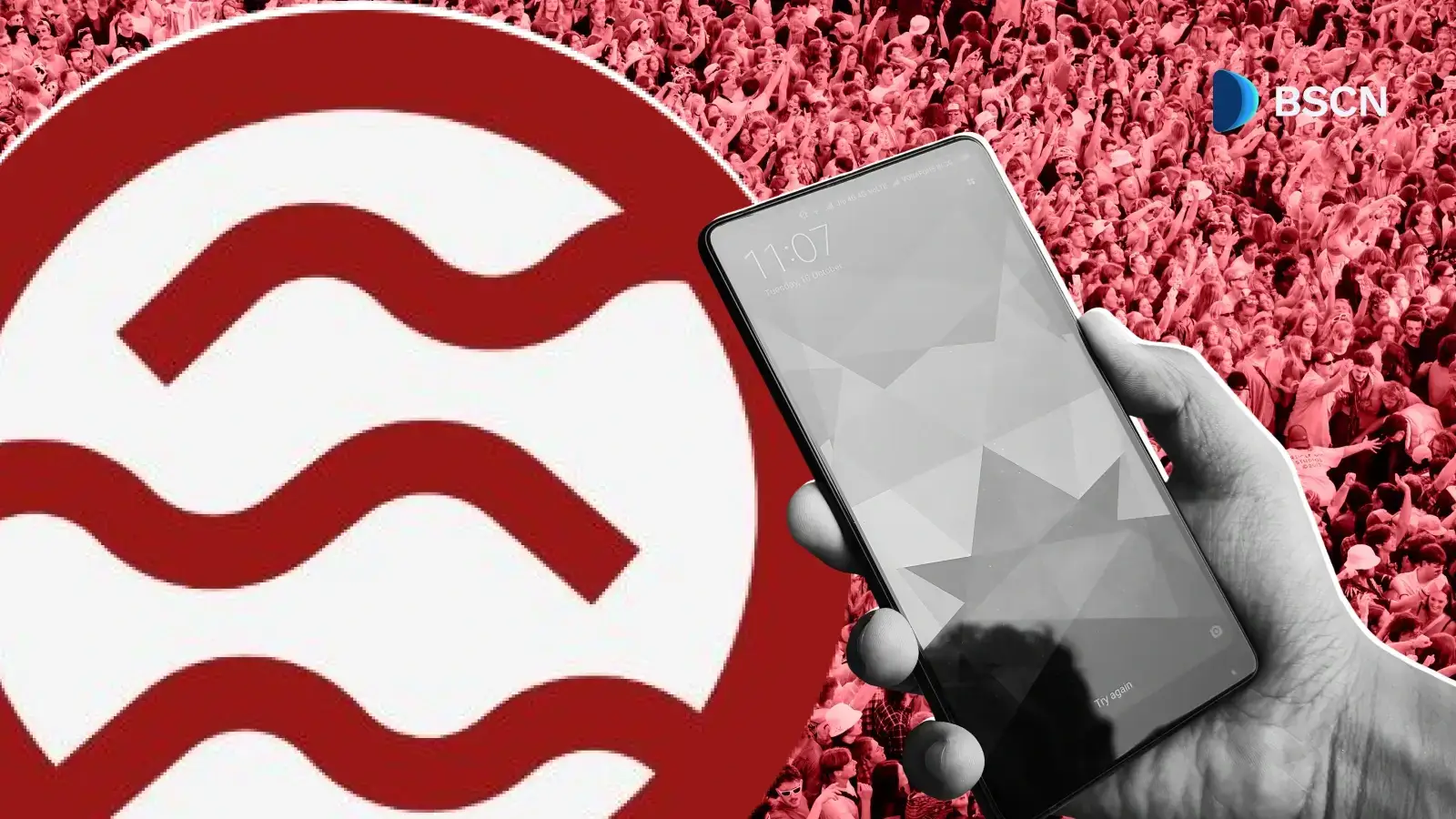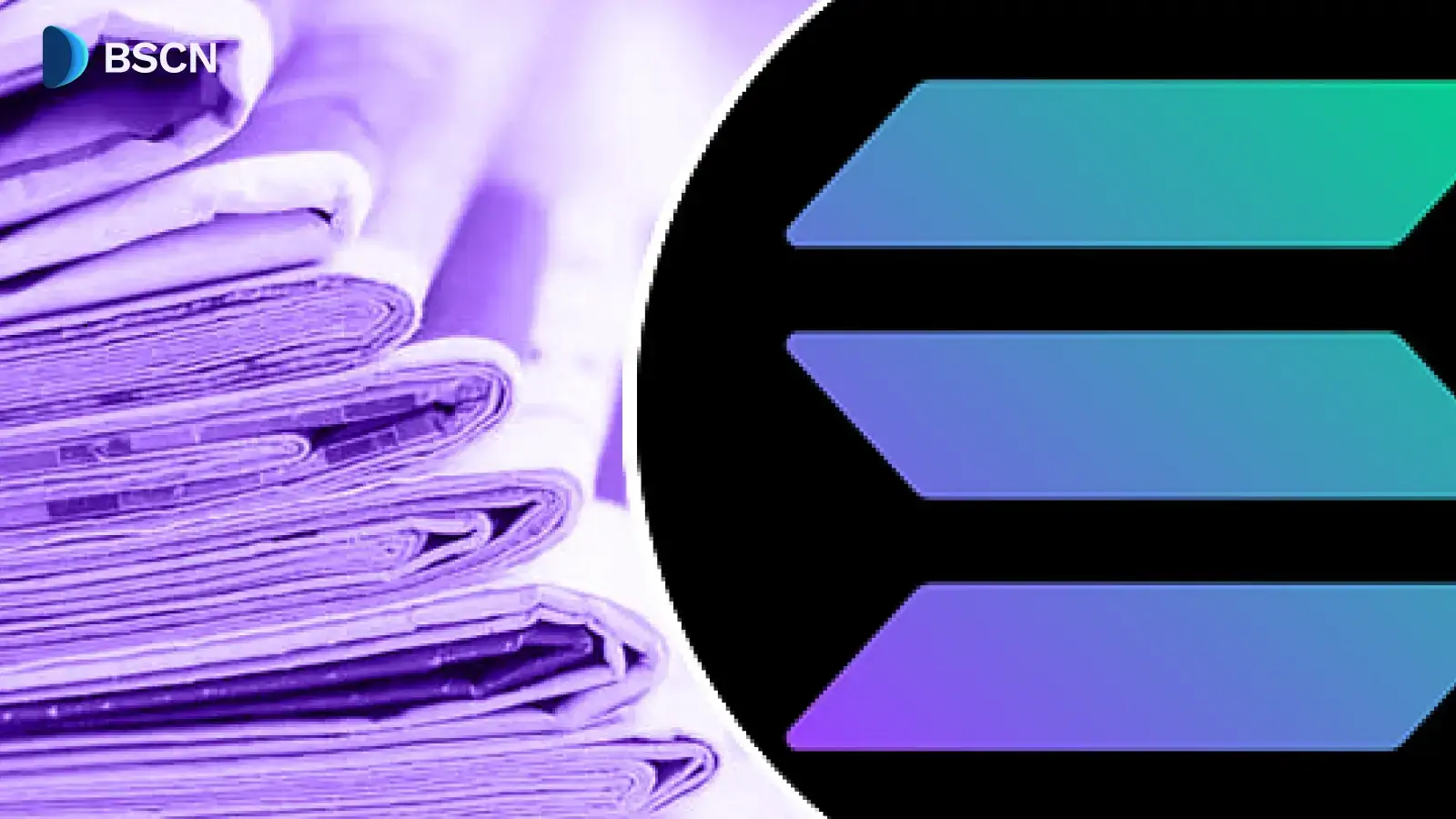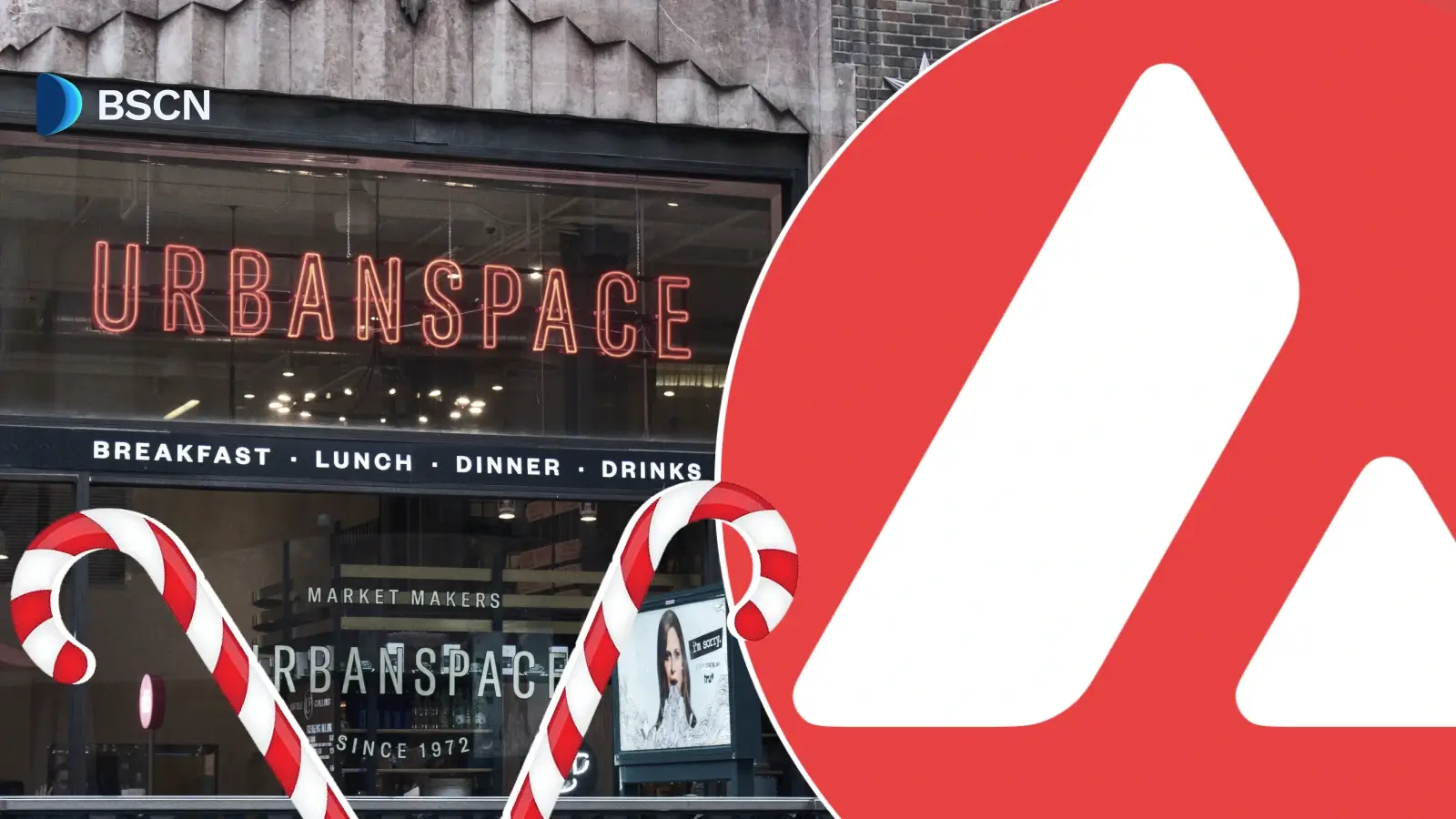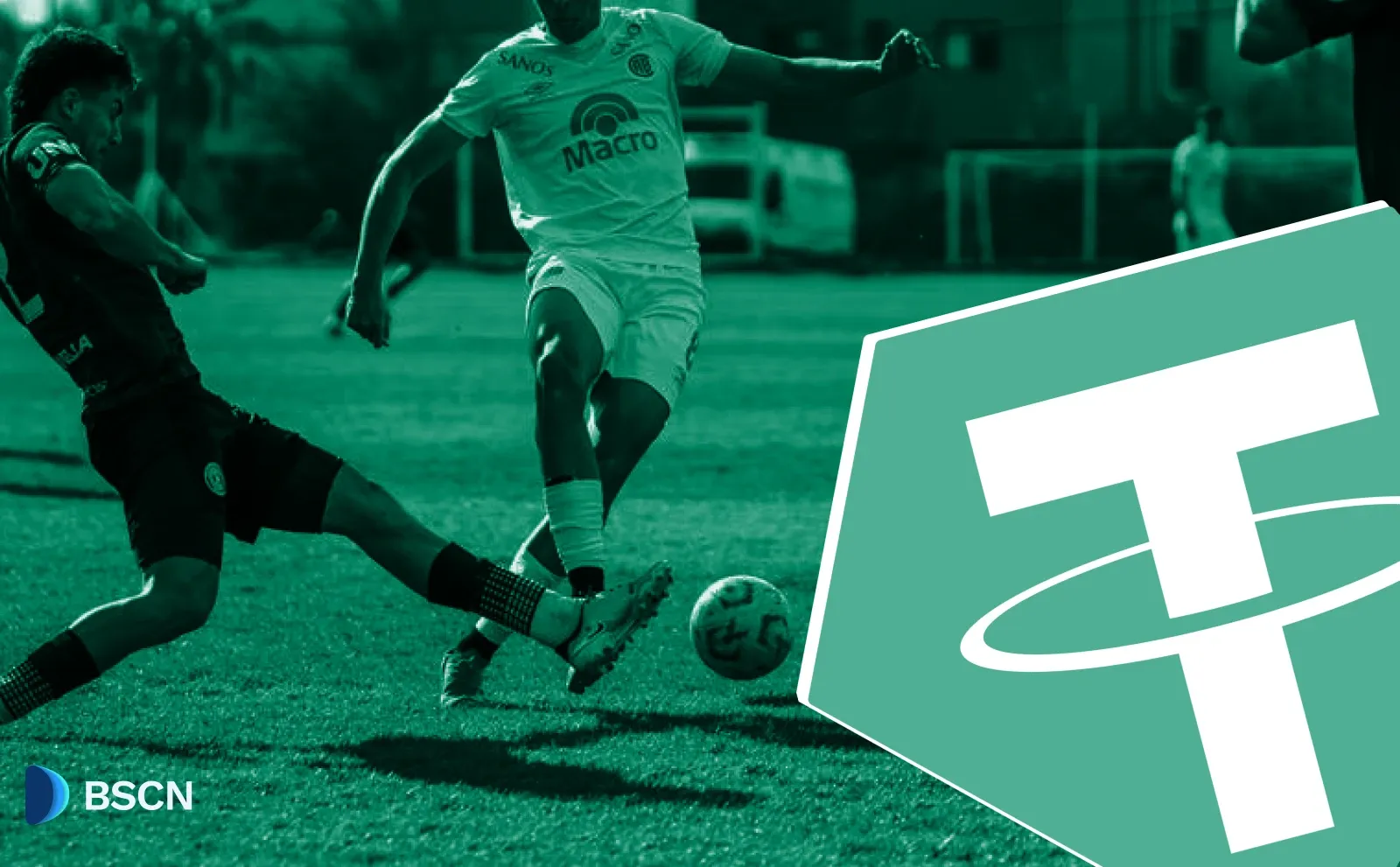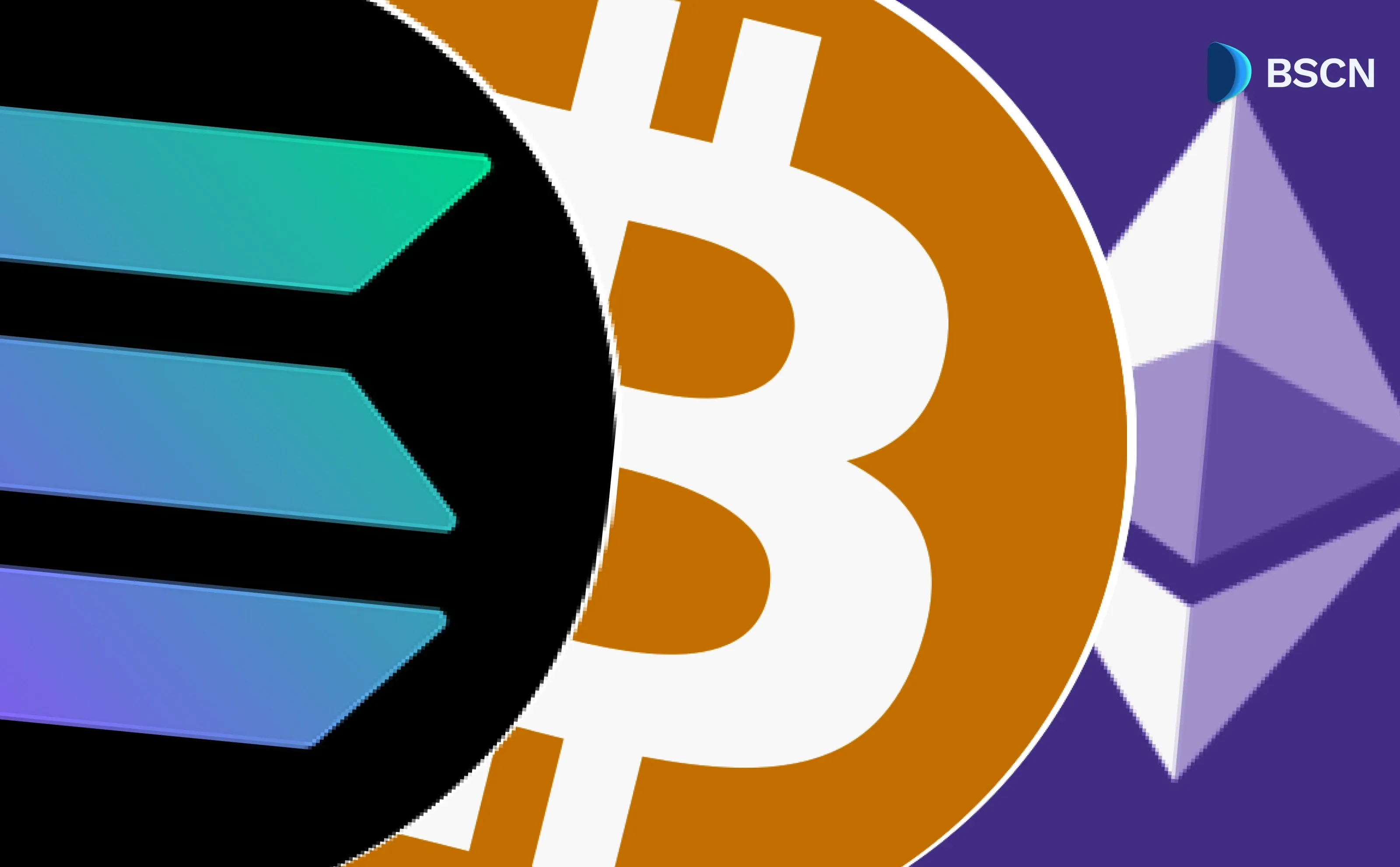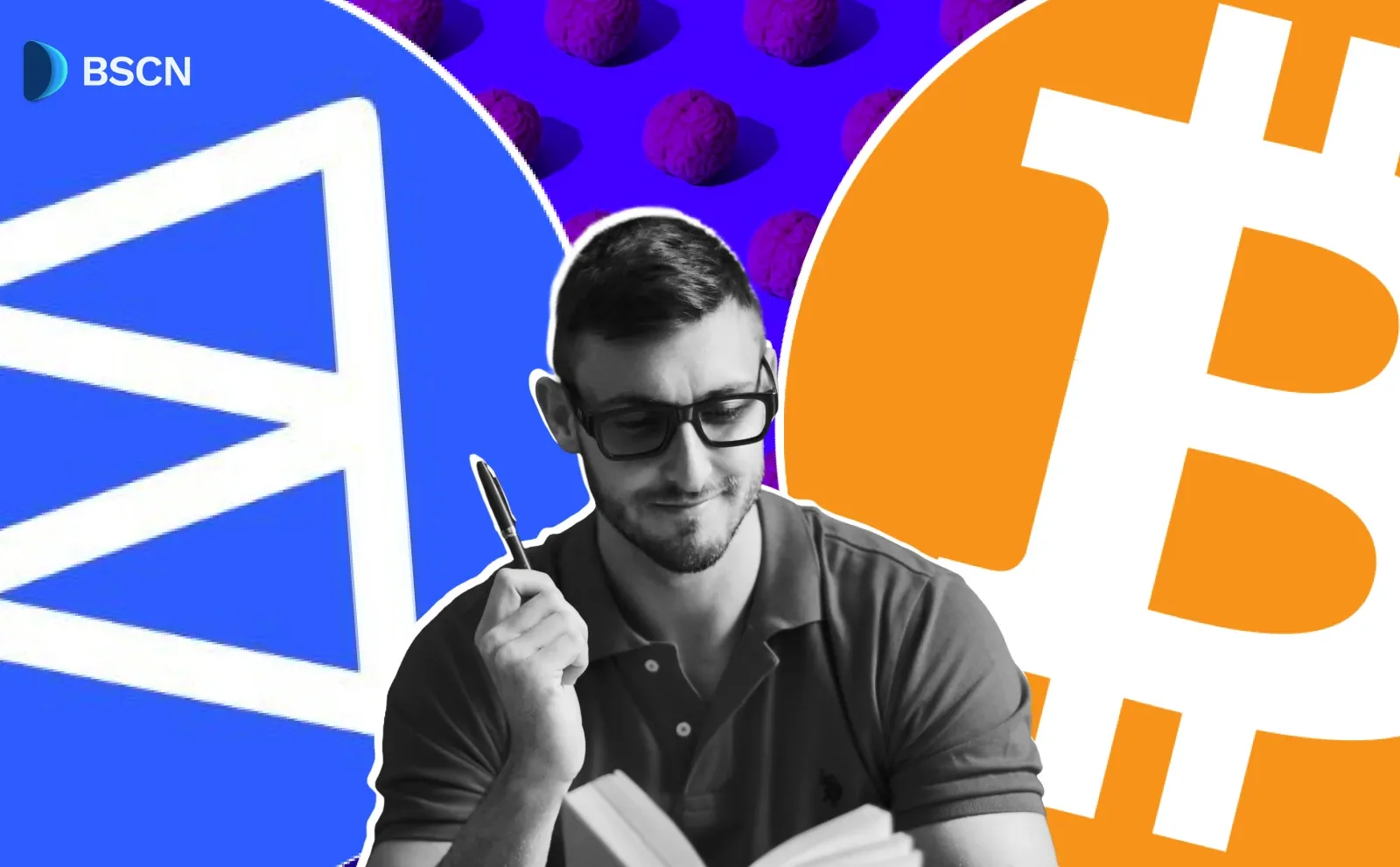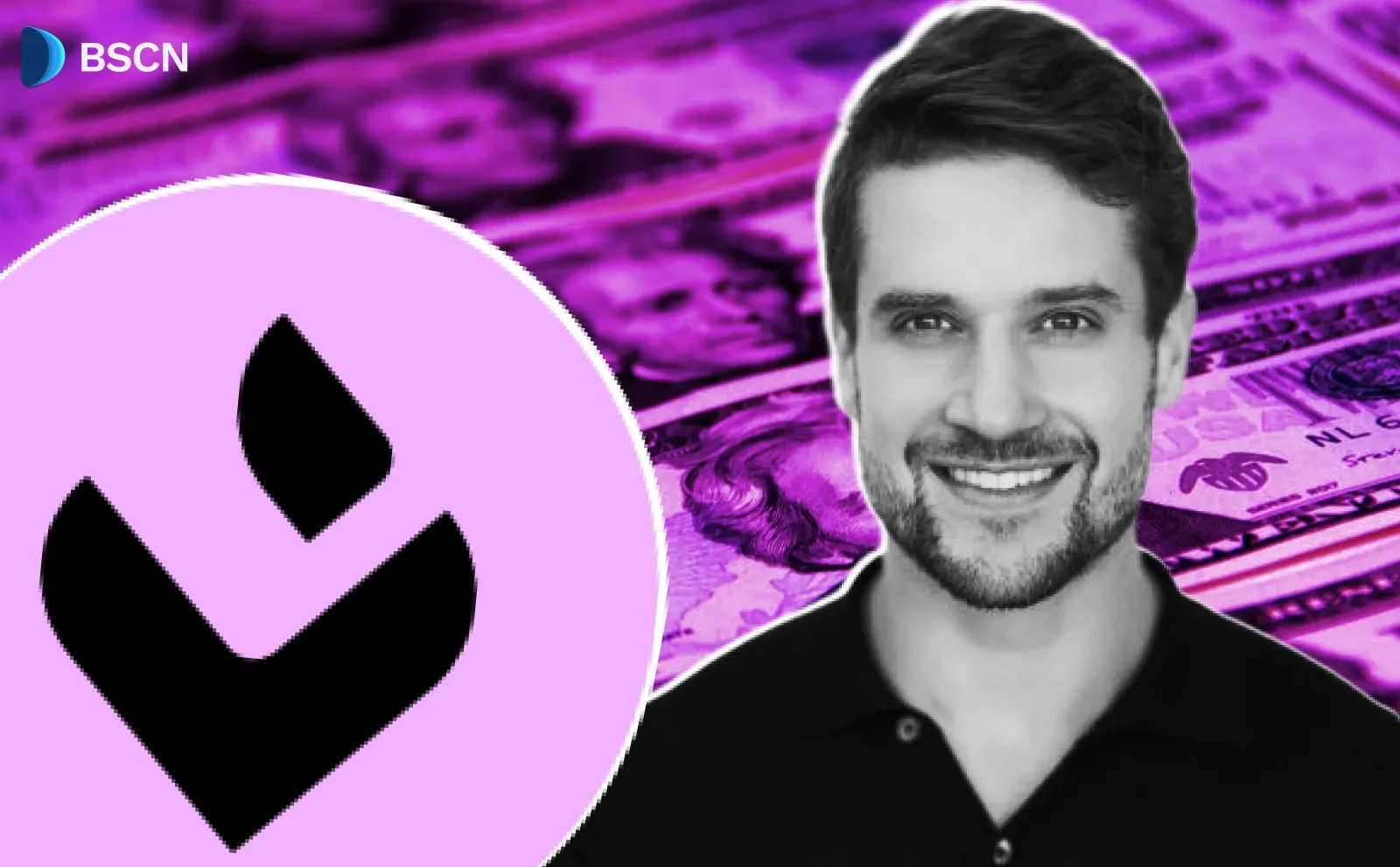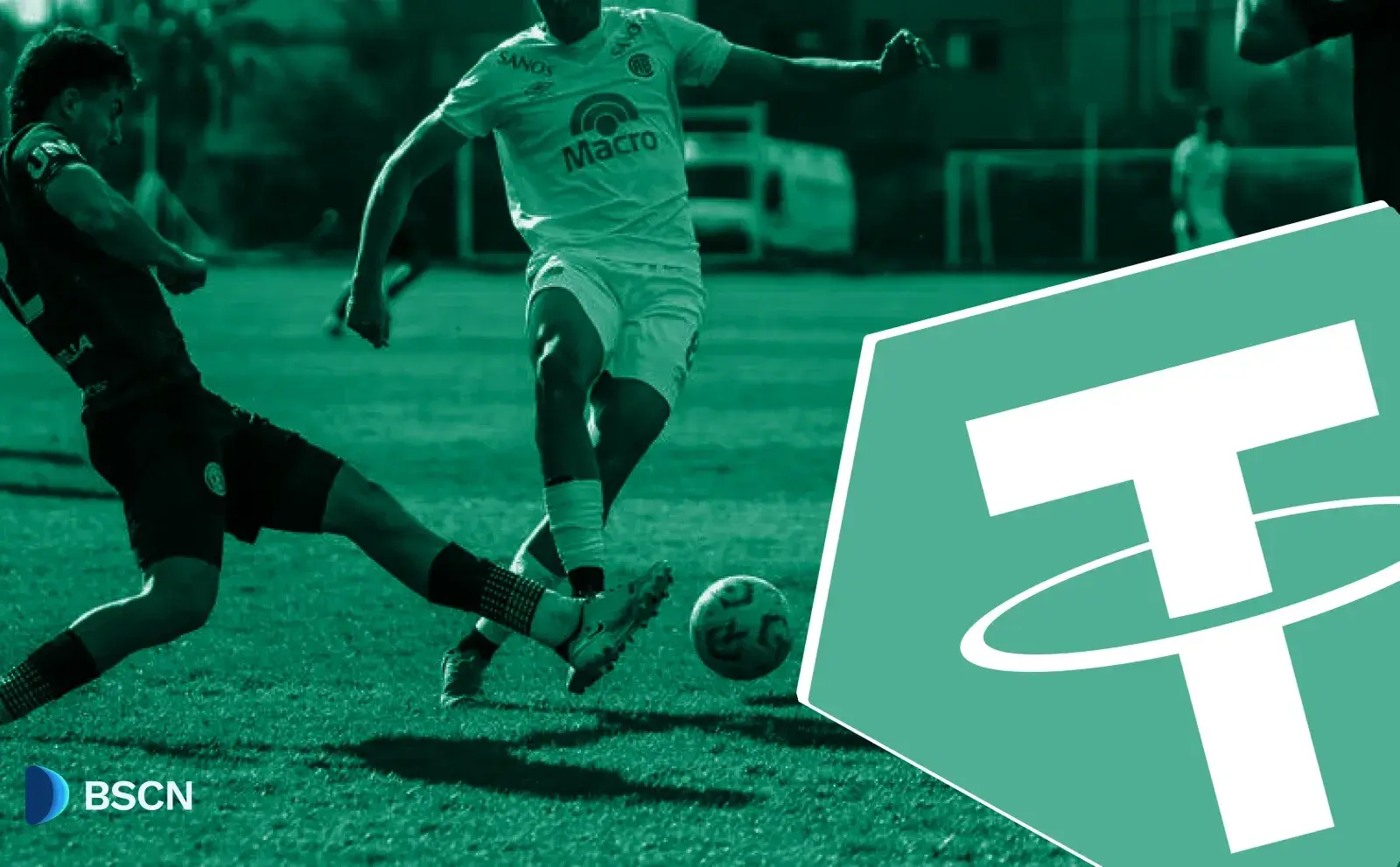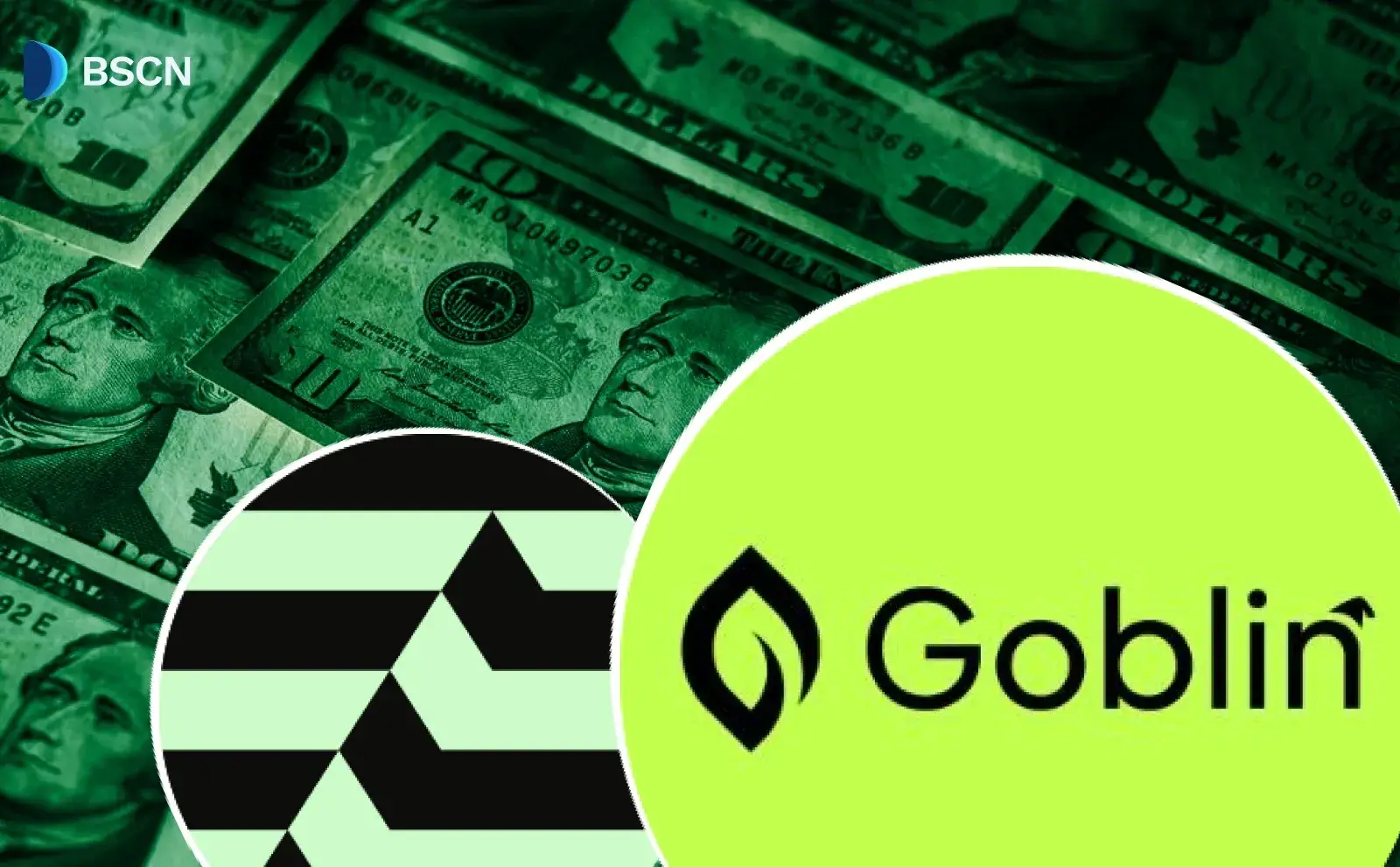Deepdive
(Advertisement)
Linea zkEVM: Overview and Analysis

Explore Linea's zkEVM technology, ecosystem, and roadmap. This comprehensive guide examines how Consensys' Layer 2 solution scales Ethereum with zero-knowledge proofs while maintaining security and EVM compatibility.
Crypto Rich
May 9, 2025
(Advertisement)
Table of Contents
What is Linea?
Linea is a zero-knowledge Ethereum Virtual Machine (zkEVM) Layer 2 rollup network built by Consensys. It scales Ethereum by improving transaction speed, reducing costs, and maintaining Ethereum-level security. The platform is fully EVM-compatible, allowing developers to deploy Ethereum smart contracts without modification.
The name "Linea" comes from the Latin word for "line," representing a journey toward expanding web3 possibilities. Consensys designed Linea as a "through line" connecting Ethereum's past and future.
Linea uses zero-knowledge proofs based on lattice cryptography to provide:
- Fast transaction finality
- Low gas fees
- High throughput
- Ethereum security guarantees
As "the home network for the world," Linea aims to enable users to "live onchain" through decentralized applications (dApps) for DeFi, gaming, NFTs, memecoins, and custom projects.
Technical Foundations
zkEVM Architecture
Linea operates as a ZK Rollup, grouping Layer 2 blocks into batches posted to Ethereum's Layer 1 for proving. It employs a custom lossless compression scheme based on LZSS (similar to deflate) to optimize data storage and reduce Layer 1 costs, using a dedicated zk-decompression circuit in Gnark.
The system is managed by the LineaRollup smart contract, which handles:
- State roots
- Verifier addresses
- Layer 1-Layer 2 messaging
- ETH storage
Upgrades are controlled via a ProxyAdmin and L1Timelock, ensuring governed updates.
Linea's ZK prover uses lattice-based cryptography to verify execution proofs without relying on a single entity. While the prover's circuit isn't fully public yet, smart contracts are open-sourced under AGPL-3.0, with plans to release the complete software after security audits.
Unlike other approaches that use intermediate virtual machines like RISC-V, Linea's direct arithmetization offers better performance and efficiency.
Key Technical Features
Linea's architecture offers several distinct advantages for developers and users:
EVM Equivalence and Developer Experience
Linea supports 100% of EVM opcodes and precompiles, allowing developers to reuse Ethereum smart contracts and tools including MetaMask, Truffle, Hardhat, and Remix without modifications. This ensures a familiar development experience while benefiting from Layer 2 performance.
Zero-Knowledge Security and Performance
The innovative ZK prover enables swift finality with transactions confirmed in minutes and trustless withdrawals. Unlike optimistic rollups that rely on validator assumptions, Linea's security is based on advanced cryptography, reducing risks of invalid state updates. This approach delivers web2-like speed with low latency and high throughput (thousands of transactions per minute), making it suitable for large-scale dApps in gaming, DeFi, and social platforms.
Cost Efficiency and Ecosystem Integration
Gas fees are significantly lower than Ethereum mainnet, with Layer 1-to-Layer 2 bridging free for transfers using under 250,000 gas as of May 2025. This cost efficiency combines with native MetaMask integration, connecting Linea to 100 million users and providing seamless onboarding. The network is further secured through collaboration with over 20 security partners for threat prevention, real-time monitoring, and post-incident response.
Network Infrastructure and Deployment
Network Components and Testnet
Linea's mainnet launched in August 2023 at EthCC in Paris, processing over 2.7 million transactions and handling $26 million in bridged tokens within its first month. The network quickly onboarded more than 150 partners and deployed an ERC20 token bridge for DeFi applications.
For developers, the Sepolia Testnet provides a permissionless environment to deploy smart contracts and bridge testnet ETH, supported by comprehensive tutorials and quick-start guides. Network health can be monitored at linea.statuspage.io, offering real-time updates on performance.
Linea Besu, the primary node software, supports state reconstruction from L1 data, enabling Stage 0 rollup maturity and advancing decentralization. For developers requiring reliable connections, private RPCs are recommended over public endpoints which may have rate limits.
Bridging and Interoperability
The native bridge (Powered by Li.Fi) supports ETH, ERC-20 tokens, and USDC via Cross-Chain Transfer Protocol. Most Layer 1-to-Layer 2 transfers are fee-free with sponsored postman fees, though high-gas transactions may incur charges. The Li.Fi integration enables bridging to non-EVM chains like Solana, expanding Linea's interoperability beyond the Ethereum ecosystem.
A significant technical advancement came in May 2025, when Linea achieved Stage 0 in the rollup maturity framework. This enabled full state reconstruction from Layer 1 data, allowing anyone to verify and recover the latest state—a critical step toward network decentralization.

Ecosystem and Applications
Linea hosts over 100 protocols, dApps, and developer tools spanning multiple categories including DeFi platforms, NFT marketplaces, gaming applications, DAO infrastructure, and Web3 AI applications. As of May 2025, the Linea blockchain ranks between #20-28 by Total Value Locked (TVL) according to CoinGecko, reflecting significant adoption among Layer 2 solutions.
The Linea Ecosystem Hub showcases trending projects, ongoing quests, and resources to drive user and developer engagement.
Key Ecosystem Initiatives and Investment
Ecosystem Investment Alliance (EIA)
Launched by Consensys, the EIA includes over 30 venture capital firms providing funding, validated interest, and network access. Builders can apply through a dedicated portal to foster innovation in the Linea ecosystem.
Omega NFTs
Launched alongside the mainnet, the Omega collection saw 27,000 participants minting NFTs and 350,000 NFTs airdropped to Voyage participants, making it one of Ethereum's largest NFT drops.
The Surge Program
Introduced in April 2024, this program rewards users with LXP-L points for activities like lending, trading, DEX supplying, early adoption, and referrals, incentivizing ecosystem growth.
Ecosystem Applications and Developer Resources
Featured Applications
The network hosts several leading protocols and applications:
- Aave: The world's largest decentralized liquidity protocol for supplying, borrowing, and swapping digital assets
- 1inch: Leading DeFi aggregator optimizing trading routes and liquidity provision across multiple chains
- 0xScope: AI-driven Web3 data layer providing tools like Scopechat and Scopescan for comprehensive reputation analysis
- Absolute Labs: Wallet Relationship Management platform functioning as Web3 CRM across multiple blockchain networks
- 3A: Decentralized lending protocol offering efficient leverage mechanisms without recurring interest payments
Developer Infrastructure
Linea provides extensive resources for builders, including comprehensive documentation and tutorials at docs.linea.build, alongside the Linea Monorepo on GitHub, which offers a Docker-based local development environment. The ecosystem is supported by 24/7 technical assistance through Discord forums and regular community calls, plus specialized tools like the MetaMask Delegation Toolkit, which enhances the dApp user experience through simplified transaction approvals.
Digital Identity and Security
Identity Components and Security Framework
The ecosystem includes Verax, an attestation registry that verifies onchain claims to enhance trust and reputation systems. It also includes Proof of Humanity, which prevents bots by requiring users to verify their humanity. Linea Names, which offers human-readable wallet addresses that simplify payments and reduce transaction errors, improves the user experience.
The Linea Name Service (LNS) extends these capabilities as a fork of ENS, allowing subdomain registration on Layer 2 at lower gas costs while maintaining full compatibility with ENS-supported dApps across chains. For example, LNS enables seamless DeFi payments using readable names like 'alice.linea' instead of complex addresses. This is complemented by Efrogs Subdomains, which further amplify user identity by converting blockchain addresses into readable labels for improved onchain interactions.
Linea partners with over 20 security firms for threat prevention, real-time monitoring, and post-incident tracing. This collaborative approach aims to create one of web3's most robust security frameworks.
Smart contracts are open-sourced under AGPL-3.0, with additional audits planned before releasing the full Linea software. The specification for EVM opcodes is publicly available for review.
As a permissionless network, Linea advises users to verify dApp security, similar to Ethereum, and does not endorse listed projects. The L1Timelock contract and multi-signature roles ensure controlled upgrades and governance, minimizing risks of malicious updates.
Community and Governance
Community Engagement and Governance Progress
Linea is progressing toward decentralization, with a significant milestone achieved in May 2025 through Stage 0 rollup maturity with state reconstruction. State reconstruction allows anyone to verify Linea's L2 state from L1 data, empowering community oversight and reducing reliance on centralized control.
Governance is currently managed by Consensys via the LineaRollup, L1Timelock, and multi-signature roles, with plans for further decentralization. A post on X suggested AgoraGovernance is developing Linea's governance page, but this lacks official confirmation from Linea or Consensys and should be treated as unverified information.
Consensys encourages open-source contributions via GitHub, with guidelines for documentation and code submissions to ensure quality.
Roadmap and Development Progress
Key Development Milestones
Linea has achieved several significant milestones since its inception:
- Private Testnet (January 2023): Recorded 1.5 million transactions in just weeks, far exceeding initial expectations
- Mainnet Alpha (August 2023): Launched at EthCC in Paris, quickly onboarding over 150 partners and achieving $26M TVL with 2.7 million transactions in its first month
- The Surge Program (April 2024): Introduced ecosystem incentives through LXP-L points for activities like lending, trading, and early adoption
- Stage 0 Rollup Maturity (May 2025): Enabled complete state reconstruction from Layer 1 data, marking a critical milestone in the decentralization roadmap
Strategic Development Goals
Looking ahead, Linea's roadmap focuses on several key objectives:
- Complete Open-Source Release: Publishing the full software source code in 2025 following comprehensive security audits and optimizations
- Native USDC Integration: Implementing seamless fiat on/off ramps and enhanced cross-chain liquidity for improved DeFi functionality
- Decentralized Governance: Developing more distributed control mechanisms to reduce reliance on Consensys-managed contracts
- Technical Performance: Optimizing the ZK prover, compression schemes, and bridging capabilities to further reduce costs and increase transaction speeds
- Ecosystem Expansion: Continuing to grow the network of dApps, protocols, and tools through EIA funding and community development programs
Token Speculation and Community Expectations
While Linea has not officially confirmed a native token, community speculation points to a possible Token Generation Event (TGE) in 2025. A March 2025 statement in the official Discord ruled out a Q1 TGE, with former Marketing Lead Christopher Kocurek suggesting Q2 as a potential target, though Product Lead Declan Fox emphasized prioritizing a launch during bearish market conditions to maximize ecosystem development rather than short-term price action.
Community polls have shown preference for a Q2 launch, with "$LXP" emerging as the rumored ticker symbol, though this remains unverified. Various posts on X speculate on a Q3 or earlier launch, but these claims lack official backing. Linea's GitHub page clarifies that contributing to documentation will not affect TGE eligibility, ensuring fair participation.
A native token could potentially drive decentralized governance and provide ecosystem incentives, aligning with the Linea Association's goals for progressive decentralization. However, the exact timing, tokenomics, and distribution mechanisms remain uncertain pending official announcements from Linea/Consensys.
Implementation Challenges and Market Considerations
While Linea offers significant technical advantages, several important considerations affect its ongoing development:
Linea's Consensys-controlled contracts pose centralization risks, mitigated by Stage 0 and planned governance. The non-public ZK prover circuit awaits 2025 open-sourcing. Competing with zkSync and Optimism requires continuous innovation. Ongoing audits ensure security for features like native USDC stablecoin and custom bridges.

Competitive Positioning and Integration
Linea has established itself as one of the fastest-growing zkEVMs, reflecting significant adoption among Layer 2 solutions. Its deep integration with MetaMask and Consensys tools (Truffle, Diligence) provides a competitive edge, offering access to 100 million users and a robust developer ecosystem. When compared to optimistic rollups like Optimism and Arbitrum, Linea offers faster finality and cryptographic security, while distinguishing itself from other zkEVMs through full bytecode compatibility.
Cross-Sector Innovation
The platform addresses the blockchain trilemma by balancing scalability through high-throughput ZK technology, security via Ethereum settlement and advanced cryptography, and decentralization through progressive governance improvements. This foundation drives innovation across multiple sectors, including DeFi applications (Aave, 1inch), NFT ecosystems (Omega collection), and Web3 AI integration (0xScope). By reducing barriers to entry through low fees and simplified onboarding, Linea makes Ethereum more accessible to developers and users alike, advancing the vision of a scalable, user-centric Web3 ecosystem.
Conclusion
Linea represents a significant advancement in Ethereum scaling technology, offering a comprehensive solution that combines the security of zero-knowledge proofs with complete EVM compatibility. Its growing ecosystem, backed by Consensys and major partners, positions it as an important player in the Layer 2 landscape.
As Linea continues its journey toward full decentralization and expanded capabilities, it remains focused on its core mission: making web3 universally accessible through a secure, efficient, and developer-friendly platform.
The technical foundations established through its zkEVM architecture, combined with its identity solutions and community initiatives, create a robust framework for future growth. For developers and users seeking an Ethereum-compatible environment with enhanced performance, Linea offers a promising path forward.
Explore Linea's ecosystem at https://linea.build/ or follow @LineaBuild on X to stay updated.
Read Next...
Disclaimer
Disclaimer: The views expressed in this article do not necessarily represent the views of BSCN. The information provided in this article is for educational and entertainment purposes only and should not be construed as investment advice, or advice of any kind. BSCN assumes no responsibility for any investment decisions made based on the information provided in this article. If you believe that the article should be amended, please reach out to the BSCN team by emailing [email protected].
Author
 Crypto Rich
Crypto RichRich has been researching cryptocurrency and blockchain technology for eight years and has served as a senior analyst at BSCN since its founding in 2020. He focuses on fundamental analysis of early-stage crypto projects and tokens and has published in-depth research reports on over 200 emerging protocols. Rich also writes about broader technology and scientific trends and maintains active involvement in the crypto community through X/Twitter Spaces, and leading industry events.
(Advertisement)
Latest News
(Advertisement)
Crypto Project & Token Reviews
Project & Token Reviews
Comprehensive reviews of crypto's most interesting projects and assets
Learn about the hottest projects & tokens
